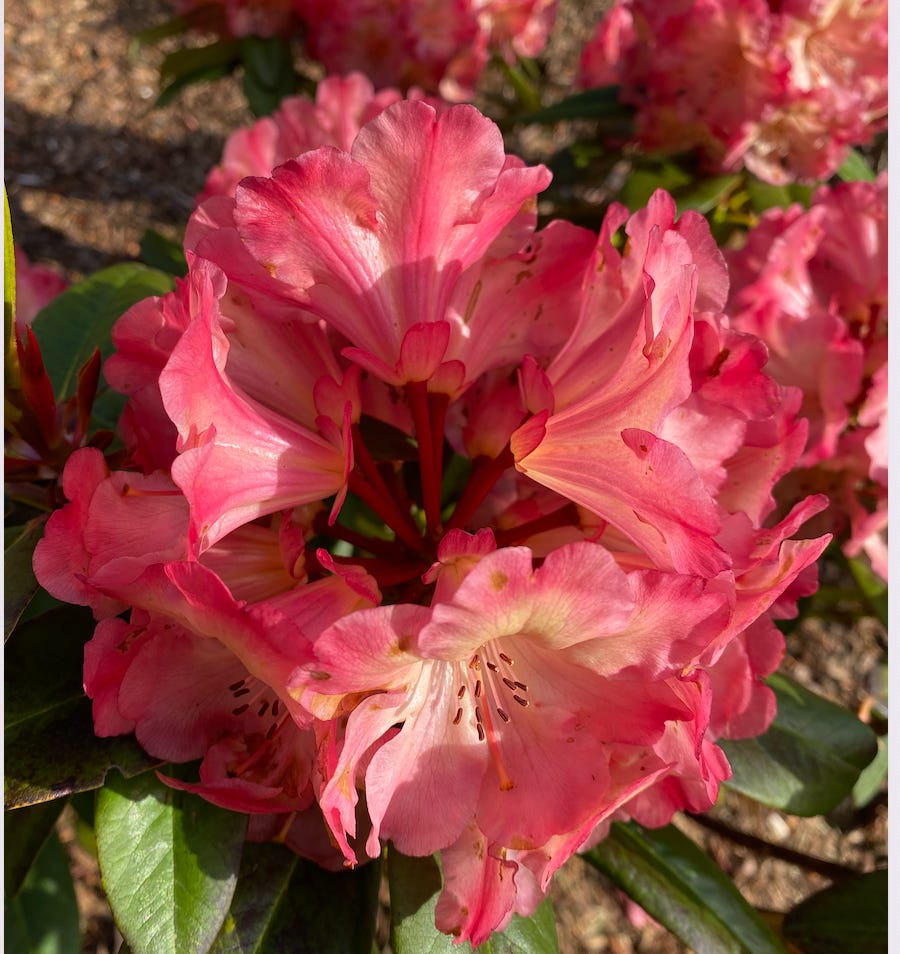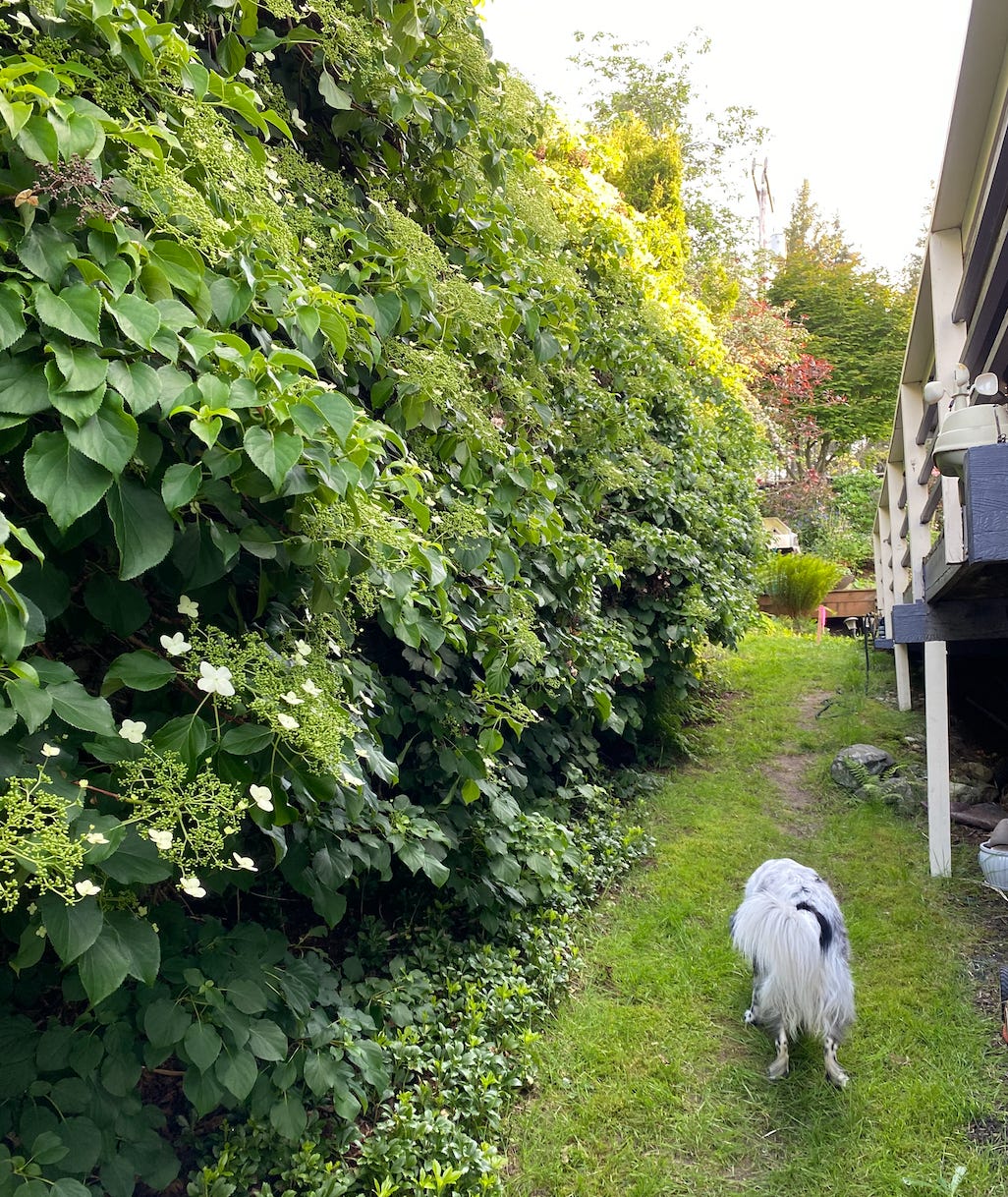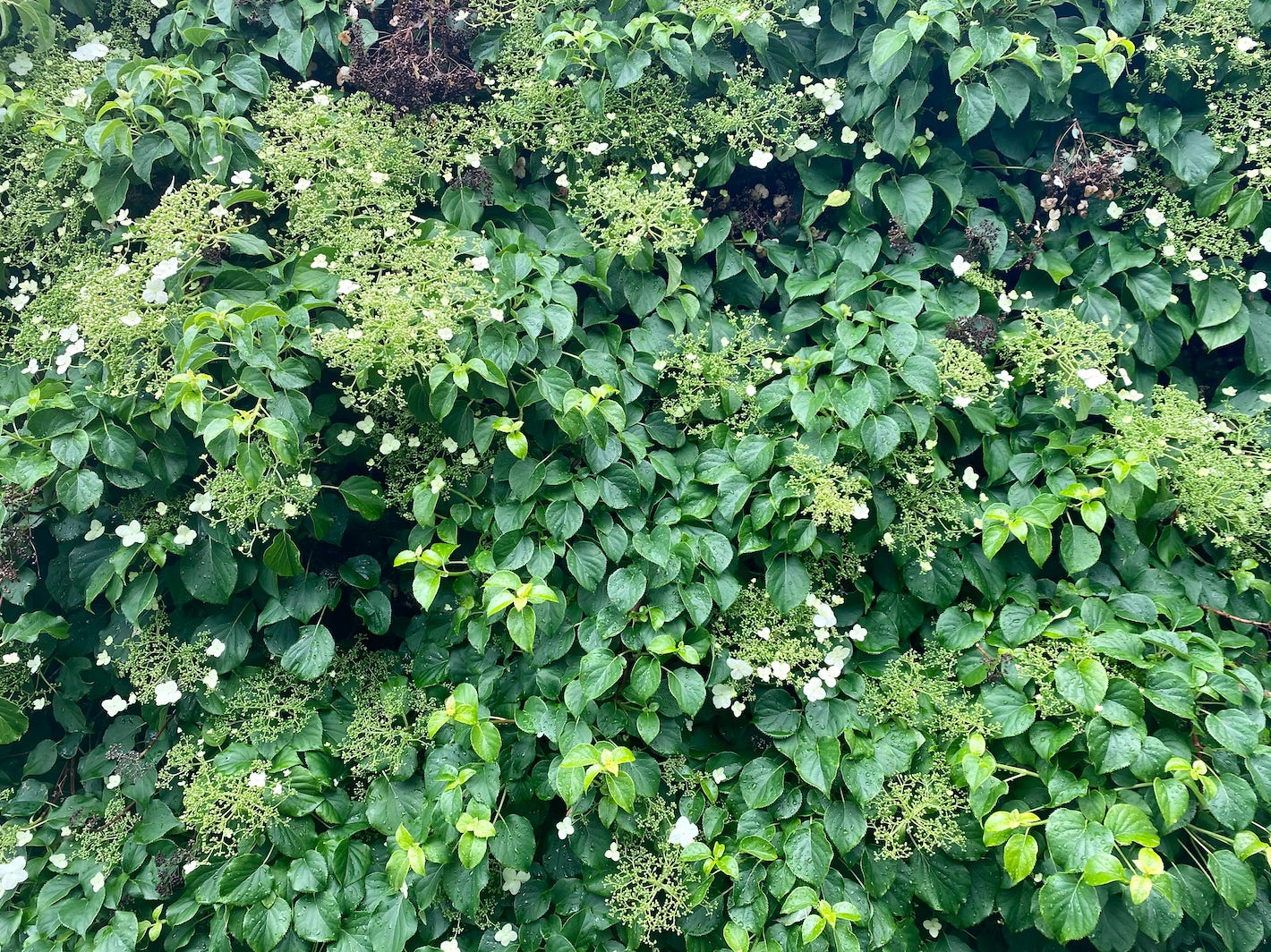If you value this work and find yourself opening this newsletter every week — please consider becoming a paid subscribing member. Your contributions make this work sustainable.
I love stories of homes. I’ll listen to anyone’s. When my house on the island was first built, in 1904, there was no option for plumbing or electricity. (The island itself wasn’t fully electrified until the 1950s). There was a well, and there was a sleeping porch of sorts, and an old stone fireplace, and proximity to the water. At some point, the owner started using it as a sort of retreat for wayward boys — they’d come over from the mainland to hunt and fish and be away from whatever was making them wayward. They called it the Peace Cottage.
The cottage was owned by that family for many decades, before the owners sold to a couple across the street in the 2010s, who gutted it, then decided it was too small for them, tried renting it, and eventually sold it to a pair of snowbirds who owned it for a few years before selling to us. I detail all of this because it’s the way I’ve come to understand the eras of my garden: the before, the transition, the now.
In the before, the longtime owners — who I imagine in their elderly form, simply because that’s how our other neighbor always describes them, the sort of lady who’d mix a strong martini and wore lipstick to play cards — knew what they were doing. Or, at the very least, learned what they were doing, particularly with perennials, the plantings that come back year after year.
Rhododendrons and azaleas are such perfect fits for the climate of the Pacific Northwest that they’re used as plantings at gas stations and office parks, leading to a riot of color in every nook of every town for two months in late Spring. (In the South Cascades of Oregon, you can find them growing in the forest; it’s stunning). West of the mountains, the rhody show is the trade-off for June-tober and the cruel exercise of watching everyone else in the country in sundresses while you hang out in a hoodie.
It barely broke 60 degrees on Memorial Day. But my garden, it was aflame. The previous owners had planted 30 rhodies and azaleas that bloom in a sort of slow roll over the course of the month, like a parade of snazzy rodeo queens. On the other side of the house, there’s a hydrangea that’s so huge it’s threatening the lawn. But there’s also a literal wall of hydrangeas — ones whose identity, for the first few months of living here, mystified me entirely.
They’re about 20-25 feet tall, dense and evergreen — a perfect privacy fence. Here’s a glimpse, with a Steve cameo.
At first, I thought they were one of the many different varieties that are effectively trees, with the “lace-cap” flower distinct from what most people think of when they think of hydrangeas. But then, a few weeks ago, I ventured below:
This is a vine. It is a very old vine, but it a vine. There are four of them: climbing hydrangeas. I showed a picture to a gardener at the nursery, and he said they’re at least 30 years old, if not far, far older. Because these vines take patience. You put one in the ground, and it takes three, four, five years to start going. But once it does, you get the south side of my property line, a dense forest of graceful, lingering blooms.
The previous owners have long since passed away, but I wish I could write them and detail my thanks for these gifts: for planting future pleasure.
Of course, there are less pleasurable things, too. A butterfly bush (if you know, you know) gone wild. An old half barrel that they put on top of a stump of a massive ceder, then filled the barrel with ivy — like, sort of a way to have ivy, but contained? — and now the barrel is disintegrating. Peanut butter trees that are gorgeous but poop all over and shoot suckers for what feels like miles. A sad, sad old juniper in a sunless corner that yearns to be put out of its misery. But none of those feel malicious.
As for the snowbirds, who owned the place for two years — I have thoughts.
I tried to grow some tomatoes last year in two big planters positioned near the entryway to the garden. They started strong and turned sickly and puny, despite what seemed to be near perfect growing conditions. Now, I am a middling at best vegetable gardener, and tomatoes are notoriously finicky. But when I was digging around in the planter this spring, mixing in new potting soil, I happened upon a tell: three massive plastic jugs of Arizona Ice Tea.
I started digging in other planters I knew had been the work of the snowbirds: a rusted out old wheelbarrow, an old canoe placed on the edge of the lawn. In each, I found detergent jugs, orange juice bottles, liters once filled with soda. In the canoe, there was a whole potting soil bag that had been filled with the plastic containers of various annual plants, covered with just an inch or so of soil. They hadn’t wanted to buy the potting soil to fill the containers, so they’d padded them. With impenetrable plastic.
In another spot, they’d planted Home Depot potentilla, which had become woody and overgrown almost immediately. (How’d I know they were from Home Depot? They still had the plastic tags. I have nothing against Home Depot plants, just Home Depot plants planted without intention) On the deck, they’d bolted a lattice to the railing, and tried to trail a plant up it. The problem: the plant was still in its Home Depot half gallon container. They hired a gardening service for the months when they were gone, and like the vast majority of gardening services, they used a combination of leaf blowers and weed whackers and tearing up the ground/displacing the mulch. The result: soil even more fertile for weeds. When they prepped the house for sale, they did a quick paint job on the railings and trim, and didn’t allow it to set. Now it’s peeling like a bad sunburn.
One set of owners planted a vine they knew wouldn’t be showy for years because they understood what a gift it would become. They probably didn’t have a ton of money — it’s a small, simple home; the island was almost exclusively home to “farmers, fishermen, and freaks” until very recently. But they had patience and foresight. For the snowbirds, this was a second home, an afterthought, a place they only experienced for the months when it held steady, obvious beauty. There was a set of owners who thought of this place as a place to be, and another who thought of it as a place to pass through.
I cursed those snowbirds as I dug up those old plastic bottles, but this garden isn’t theirs. It’s the lady’s with the good gin and tonics and the bright lipstick, with the patience and the vision, with the abiding love for a garden in thick bloom from the earliest signs of spring to the last gasps of fall. For whatever reason, her family couldn’t deal with or didn’t want this space any more. But I feel unbelievably lucky to be its steward, and to pass down the lesson it teaches me: what we do, what we plant, how we move through the world, the shortcuts we do or don’t take, the patience we will or won’t practice — all of it has consequences.
We are stewards of the physical earth, but we are also stewards of society. Are we going to fill the planter with Arizona Iced Tea bottles and pass it off to the next generation, only for them to wonder why nothing can take root and flourish? Or are we going to plant the damn wall of slow-growing evergreen vines? I dunno, friends, I feel like this is a metaphor for something. The choice is so obvious, and we’re so very, very bad at making it.
Looking for this week’s Things I Read and Loved? Follow through and become a Paid Subscriber!
Subscribing is how you’ll access the heart of the Culture Study Community. There’s those weirdly fun/interesting/generative weekly discussion threads plus the Culture Study Discord, where there’s dedicated space for the discussion of this piece, plus equally excellent threads for Gardening/House Plants, Job Hunting, Zillow-Browsing, Bikes-Bikes-Bikes, Nesting and Decorating, Puzzle Swap, Home Improvement/DIY, Running is Fun????, Advice, Ace-Appreciation, Books Recs, Home Cooking, SNACKS, or any of the dozens of threads dedicated to specific interests, fixations, obsessions, and identities.
If you’ve never been part of a Discord: I promise it’s much easier and less intimidating than you imagine.
As always, if you are a contingent worker or un- or under-employed, just email and I’ll give you a free subscription, no questions asked. If you’d like to underwrite one of those subscriptions, you can donate one here.
If you’re reading this in your inbox, you can find a shareable version online here. You can follow me on Twitter here, and Instagram here — and you can always reach me at annehelenpetersen@gmail.com.









Back in Sept 2020, in the throes of canceling our big wedding celebration and planning to do a 6-person micro ceremony instead, we saw a listing for a perfect little home across the river from us in a town about 45 minutes north of NYC. At the time, there was a huge rush to buy homes upstate, what with the pandemic and WFH and all that. We didn't really have our shit together when we made an appointment to see the place -- it was just on a whim, just to see! -- and fell in love with it immediately. Then discovered that there were a ton of offers already, almost all of them from people looking to get a second home, some of them willing to pay cash (!!!), and that in a few hours the bids would close. So we just closed our eyes and went for it, made a bid -- and the owners accepted our offer, even though it wasn't the highest, and even though we had only scrambled that afternoon to get pre-approved for a mortgage. The owners hadn't lived in this house for more than 6 years, but they had taken such good care of it, created a wonderfully fertile vegetable garden out back, planted and nurtured some rhodies to life out front. The real estate agent told them that of everyone who saw the place, we were the only ones who, she could tell, actually loved it, saw the 'home'-ness in it -- and that was what pushed the owners to choose us. So now, two years later, as I watch my second season of tomato plants take in the sun every day from their perfect spot in the garden, I say my thanks to our predecessors, who made this joy and everyday wonder possible.
So very true. I’m 65 and have rented and moved so many times; but each new home I’ve planted and restored barren ground. It never mattered that it doesn’t “belong” to me. I knew that planting indigenous perennial’s belongs to everyone.